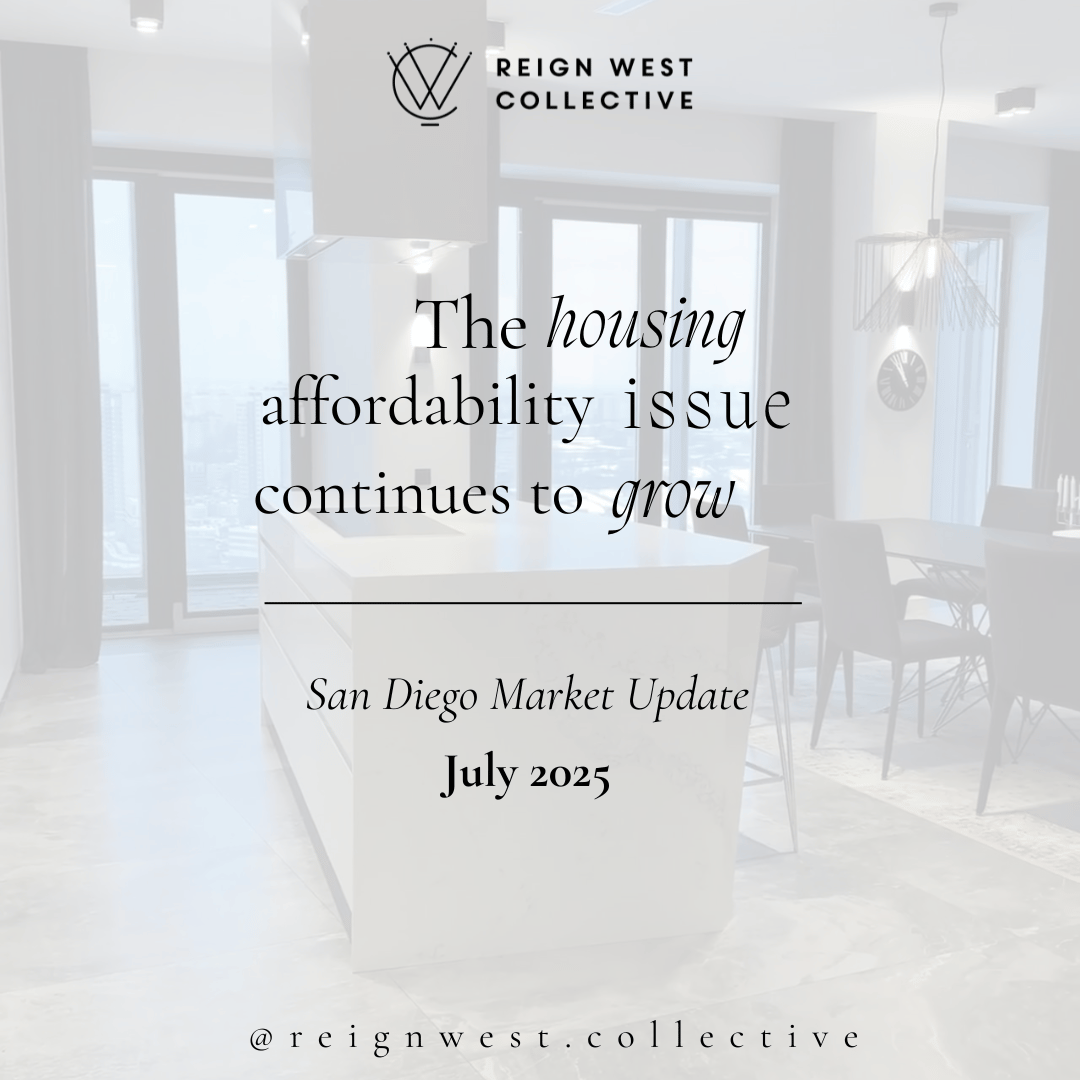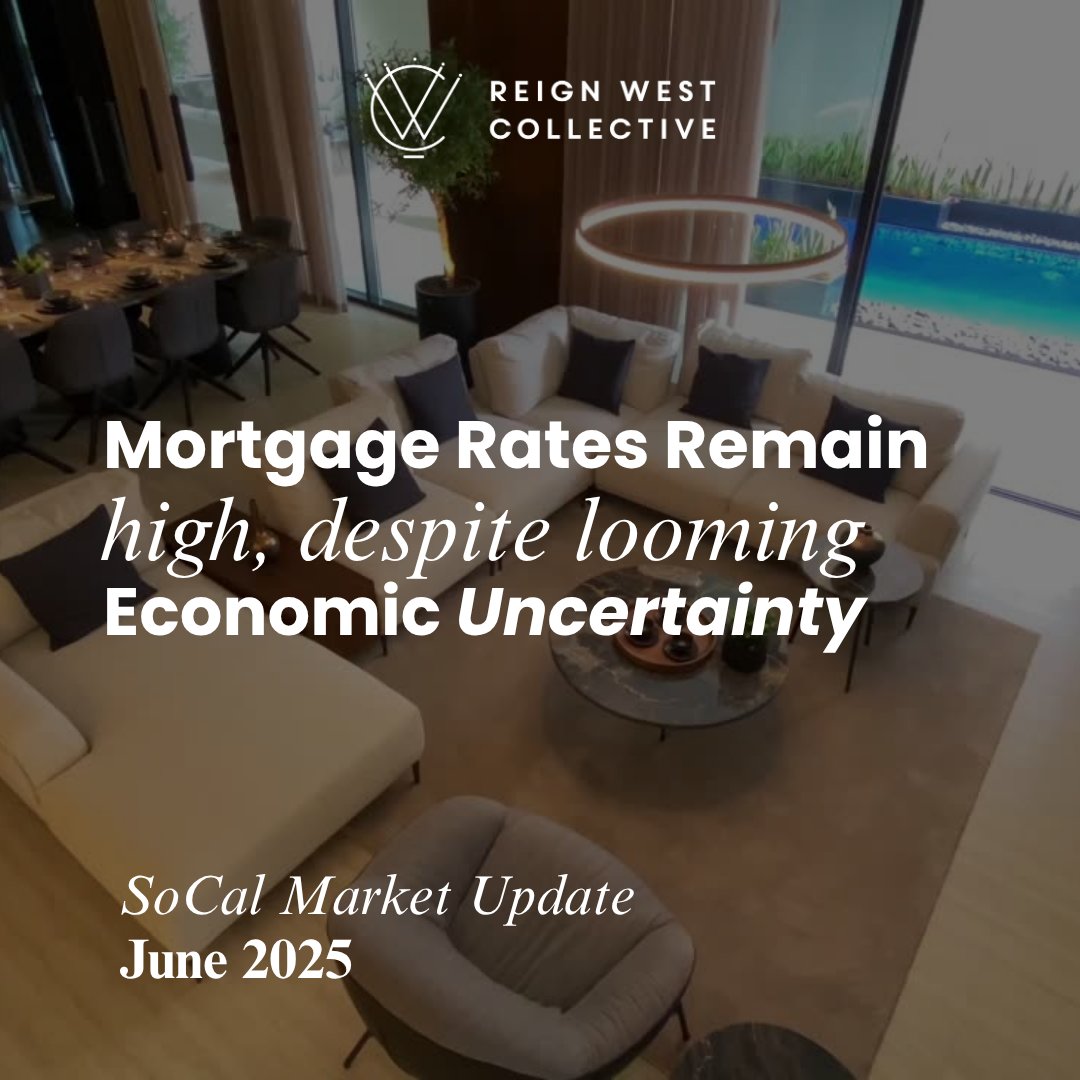Buyer's Paradise or Seller's Dream? The Influence of High Inventory on Real Estate


The real estate market is a dynamic and ever-changing sector that is deeply influenced by a multitude of factors. One of the key drivers of this market's performance is the supply of available properties, commonly referred to as inventory. Whether inventory levels are high or low can have a significant impact on the real estate market, affecting both buyers and sellers in various ways. In this blog, we'll explore how fluctuations in inventory can shape the real estate landscape.
The Impact of Low Inventory:
When there is a shortage of available properties for sale, it creates what is commonly known as a "seller's market." Here's how low inventory levels can influence the real estate market:
The Impact of High Inventory:
Conversely, when there is an excess of homes for sale, it becomes a "buyer's market." Here's how high inventory levels can shape the real estate landscape:
It's important to note that inventory levels can vary greatly from one region to another and even within specific neighborhoods. Additionally, economic conditions, interest rates, and government policies also play significant roles in shaping the real estate market.
In conclusion, the level of inventory in the real estate market can significantly influence the buying and selling process. Whether it's a seller's market with low inventory or a buyer's market with high inventory, understanding these dynamics is crucial for anyone involved in real estate transactions. Adapting to the current market conditions and being well-informed are key strategies for success in the ever-evolving real estate world.
Stay up to date on the latest real estate trends.
November 21, 2025
November 21, 2025
November 21, 2025

October 23, 2025

September 18, 2025

August 23, 2025

July 17, 2025

June 18, 2025

May 16, 2025
You’ve got questions and we can’t wait to answer them.